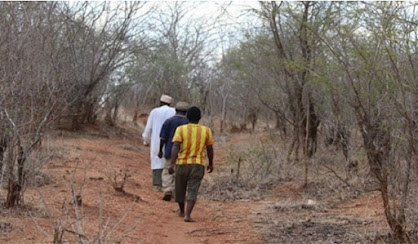Honey harvesting to beekeeping: a case study from southern Tanzania. Part I

When we realized it was important to work with village beekeepers, we discussed the idea with the Chief Beekeeping Officer, at the Ministry of Natural Resources and Tourism. https://www.tnrf.org/en/node/5119 Mr. Stephen Msemo explained that honey production in Tanzania is focused in the west. Therefore he suggested that we work in Mtwara and Lindi regions, about 200 kilometers south west of Dar es Salaam. He explained traditional beekeepers lived near the government forest reserves, but production was very poor. Moreover, government policy is to support people to use such forests in sustainable ways, of which beekeeping is one. Lulindi town Ray Milanzi, one of my employees is from Lulindi and knew beekeepers there. Lulindi is a small town alongside a red dirt road, with one-story buildings made of red bricks. It lies adjacent to a forest that is managed by the government; Kambona Forest Reserve is about 30 hectares of Brachystegia forest and riverine forest between 670 - 7
